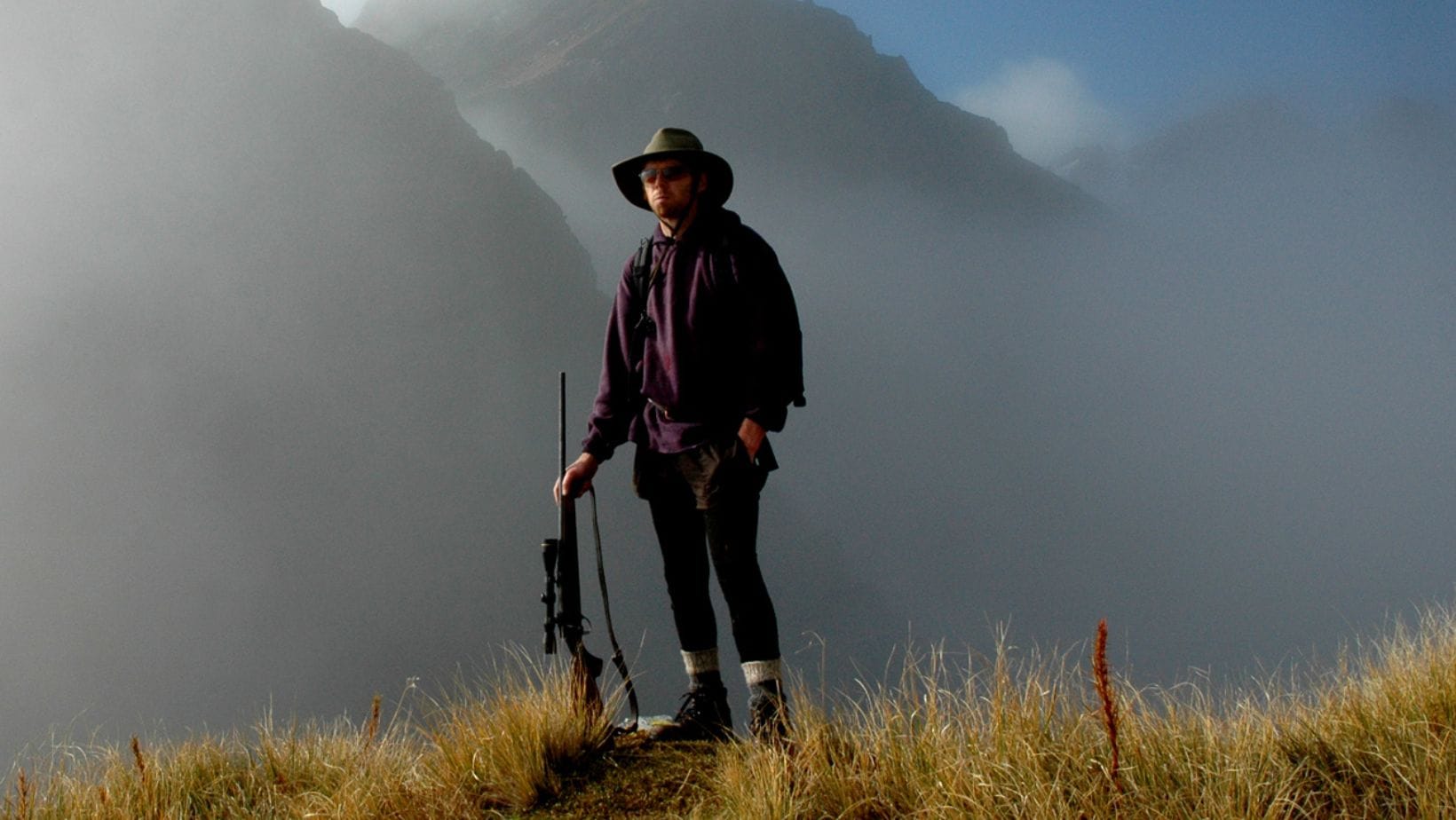In the pursuit of a successful hunt, many focus on the tools of the trade: the rifles, the optics, the camouflage. However, seasoned hunters understand that the most crucial piece of equipment isn’t about bringing down game—it’s about ensuring the hunter’s safe return. While it might seem counterintuitive, the single most important item a hunter can wear isn’t a weapon, but something far simpler: a blaze orange garment, ideally a hat.
Why Visibility Reigns Supreme
You might picture camouflage as a hunter’s best friend, but in the dense woods, a flash of bright orange could be the difference between a safe outing and a tragic accident. Why? Because when adrenaline is high and senses are on overdrive, a fellow hunter might mistake movement in the brush for game.
Hunter-ed.com, a leading source for hunter education, emphasizes that safety and responsibility go hand-in-hand. Blaze orange, while seemingly out of place in a world of camouflage, serves as a beacon to other hunters, instantly signaling a human presence and preventing unthinkable situations.
Skre Gear, a company specializing in high-performance hunting apparel, underscores the science behind this safety measure. While humans readily perceive the bright hue, deer, lacking the necessary photoreceptors in their eyes, remain oblivious to its brilliance. This means blaze orange provides maximum visibility to other hunters without compromising a hunter’s ability to blend into the environment for their quarry.
Beyond Safety: Equipping for the Elements
While safety is paramount, a successful hunt requires preparedness for the ever-changing whims of nature. Hunter-ed.com advises preparing for the worst possible weather conditions, even if the forecast seems promising.
Layering for Success: A Hunter’s Best Defense
Much like a well-constructed shelter, a hunter’s clothing should offer adjustable layers of protection against the elements.
- Base Layer: Moisture-wicking fabrics like polyester or polypropylene are crucial for regulating body temperature and staying dry, even during strenuous activity.
- Insulating Layer: Wool, renowned for its ability to retain heat even when wet, is a hunter-preferred choice. Fleece offers a lighter-weight alternative for milder conditions.
- Outer Layer: A durable, weather-resistant shell is non-negotiable. Look for features like waterproof membranes to keep rain and snow at bay, and windproof fabrics to combat chilling gusts.
This layered approach allows hunters to adapt to changing conditions throughout the day, adding or removing layers as needed to maintain comfort and focus on the task at hand.
Wool vs. Synthetic: The Great Debate
The choice between wool and synthetic fabrics has fueled campfire debates among hunters for generations. Both materials offer distinct advantages, making the decision a matter of personal preference and specific hunting needs.
Wool: The Time-Tested Champion
Wool, a natural fiber with centuries of proven performance, earns top marks for its exceptional insulation properties. Unlike synthetics, wool retains its ability to trap heat even when wet, a crucial advantage for hunters facing unexpected downpours or navigating damp environments.
Synthetics: The Modern Contender
Synthetics, while not as effective as wool at retaining heat when wet, boast faster drying times, a significant benefit for hunters enduring strenuous activity or facing multiple days outdoors. Additionally, synthetic fabrics are often lighter weight than their wool counterparts, appealing to hunters who prioritize pack weight and maneuverability. Advances in synthetic materials have led to innovations like fleece, offering warmth without the bulk, and high-tech fabrics like Gore-Tex, providing exceptional waterproofing and breathability.
Camouflage: Blending In to Stand Out
While blaze orange prioritizes safety by making hunters visible to others, camouflage takes center stage when it comes to remaining undetected by prey.
The Science of Invisibility
Effective camouflage goes beyond simply donning a pattern resembling the surrounding environment. The Code of Silence, a company renowned for its advanced camouflage technology, emphasizes the importance of patterns designed to break up a hunter’s outline and blend seamlessly with the specific terrain and vegetation of their hunting grounds. Popular options include patterns like S-18 and Neutral-LR™, each engineered to address the visual acuity of prey animals in various environments.
Factors Beyond Pattern
Choosing the right camouflage involves considering a range of factors:
- Seasonality: Matching the changing colors of foliage is crucial. A pattern suitable for lush summer greenery may stick out like a sore thumb against the browns and grays of autumn.
- Terrain: Forest environments call for different patterns than open plains or mountainous regions.
- Animal Vision: Understanding how prey animals perceive color and movement is key. Deer, for instance, see the world differently than humans, lacking the ability to discern reds and oranges but possessing heightened sensitivity to blues and ultraviolet light.
Equipping for Success: The Complete Hunter’s Checklist
While clothing plays a critical role in a hunter’s safety and success, other essential gear deserves a place in the hunter’s pack:
- Sturdy Footwear: Hunter-ed.com stresses the importance of footwear suitable for the terrain, providing ankle support, preventing blisters, and keeping feet dry. Hiking boots are typically sufficient, but specialized options like snake boots are available for hunters venturing into snake-prone areas.
- Headwear: In addition to providing warmth, hats protect hunters from the elements. Earflaps are a must-have for cold-weather hunts, and wide brims offer shade during warmer months.
- Gloves: Gloves protect hands from abrasions, rope burns, and the elements while handling equipment and firearms.
- Backpack: A reliable backpack carries essential gear, snacks, hydration, and harvested game.
Conclusion: Choosing Wisely for a Safe and Rewarding Hunt
Selecting the right hunting clothing is not merely about aesthetics or following trends; it’s about prioritizing safety, comfort, and preparedness for the unpredictable challenges of the wilderness. By understanding the importance of blaze orange, mastering the art of layering, choosing durable and weather-appropriate materials, and selecting camouflage strategically, hunters can equip themselves for a safe and rewarding experience in the great outdoors.

















2 thoughts on “The Hunter’s Most Important Item of Clothing: It’s Not What You Think (But It Might Save Your Life)”
Comments are closed.